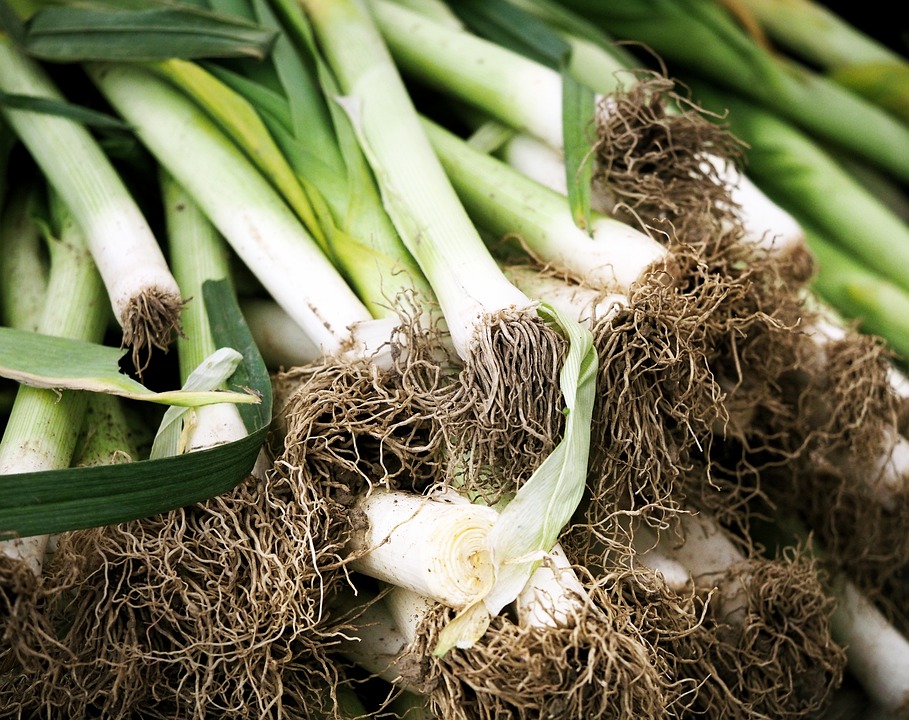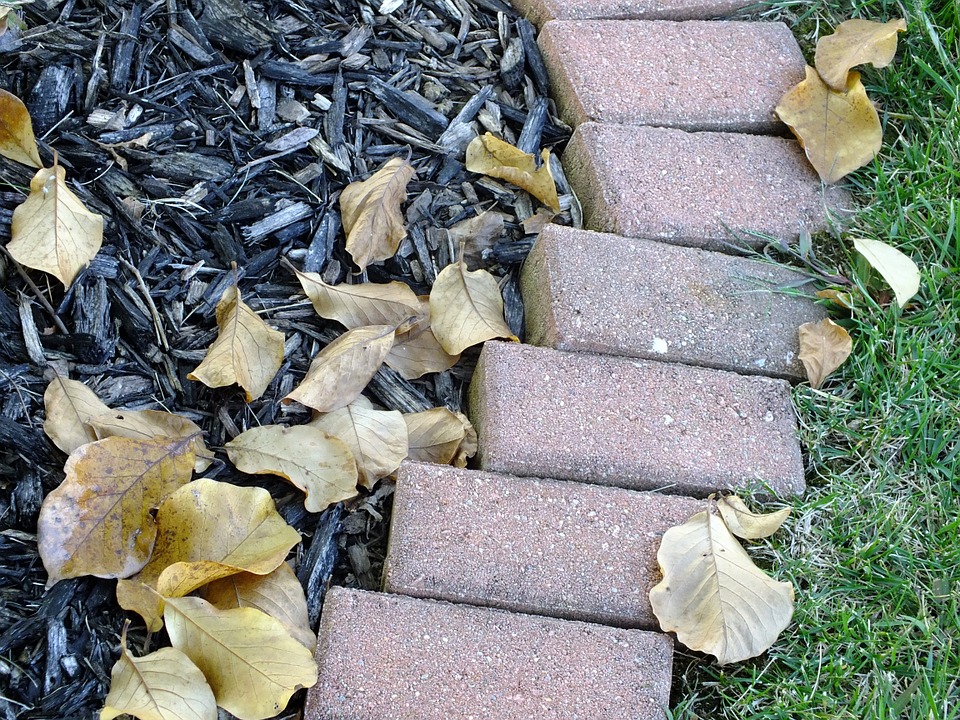Spring has arrived, and there are certainly many tasks to be accomplished in the garden. The huge amount of gardening work might be intimidating, but there’s no harm in doing one at a time. As winter ends and spring comes forth, you can embark on several activities.
Here are 5 garden projects for early spring.
1. Grow Early Spring Crops
When we refer to early spring, we mean that the ground must be completely thawed. In other words, you should wait until the soil is adequately dry and free from all the ice and water that leads to compaction. Some of the vegetables you can grow at this point include leeks, peas, and spinach. Afterward, you can also sow seeds of other crops including turnips, cabbages, broccoli, and kale. You can grow onions as well, but cover this with a layer of mulch in case of a spring frost.
No products found.
2. Build a Greenhouse and Protect Your Plant
Early spring crops are great since they ensure a quick harvest, but the threat of freezing temperatures is still around. If you know an early spring frost will occur, you must be prepared. Keep the seedlings protected using whatever is available. Some of the usual gardening objects you can use a cover include big pots and a bucket turned upside down.
You can use a cardboard box as well, but do keep it in place by placing a heavy object on top of it. Another protective measure against an early spring frost is to use a cold frame. If you have enough space and money, you can build a greenhouse. This way, you can safely grow vegetables without worrying about sudden freezing temperatures.
Here is a video of building a greenhouse:
3. Improve the Drainage Areas
A lot of debris has likely accumulated in your garden throughout winter. In particular, the drainage areas might be clogged with fallen leaves, twigs, and other natural debris. Rainfall in spring is always a possibility, so you must ensure that drainage ditches don’t have any obstructions in them. Otherwise, the soil will become soggy and even displace your early spring seedlings.
Remove any debris in the ditches in early spring. You can’t delay this task since more plants will be grown later in the season. All seeds need to be in well-draining soil to thrive. Moreover, it’s not all about cleaning up — the leaves and branches that you’ve collected from the drainage areas can be used for composting.
4. Weed and Slug Control
Early spring is the ideal time to remove any harmful and aggressive weeds in your garden. Their root systems haven’t been firmly established in the soil at this period. Moreover, they haven’t reached germination. Just pull them up along with their roots to stop them from spreading.
If there are any empty spots in your garden that weeds might occupy, cover them with mulch or ground cover. The mulch should only be around two to four inches thick since too much isn’t beneficial to your garden. Furthermore, you may use dark plastic sheeting for your garden beds. This stops weeds from growing while also attracting slugs. This way, you can check under the sheets every week to get rid of slugs.
5. Check the Birdhouses
As the weather warms up, birds will once again visit your garden. To accommodate these flying creatures, you should prepare the birdhouses. Clean these structures and put new seeds in the birdfeeders afterward. Ensure that they are stable and properly mounted. In addition, replace any dirty water in the birdbath with fresh water.
Overall, there are many early spring projects that you can conduct. You can grow vegetables as long as you protect them from spring frost. Likewise, you can clean drainage areas and use the natural debris for your compost pile. Use mulch for weed control, and don’t forget to clean the birdhouses. We hope that this inspired you to take good care of your garden. If you have any questions, do send us a message.
Last update on 2023-07-31 at 12:32 / Affiliate links / Images from Amazon Product Advertising API



Leave a Reply